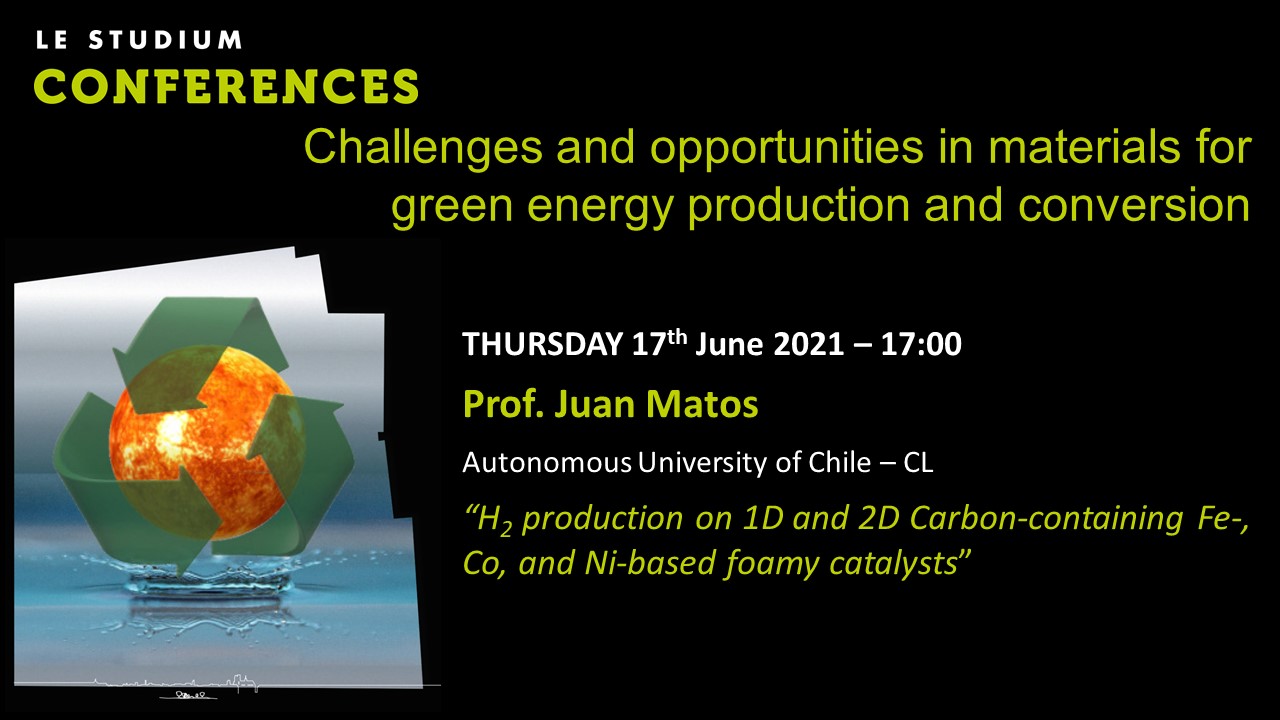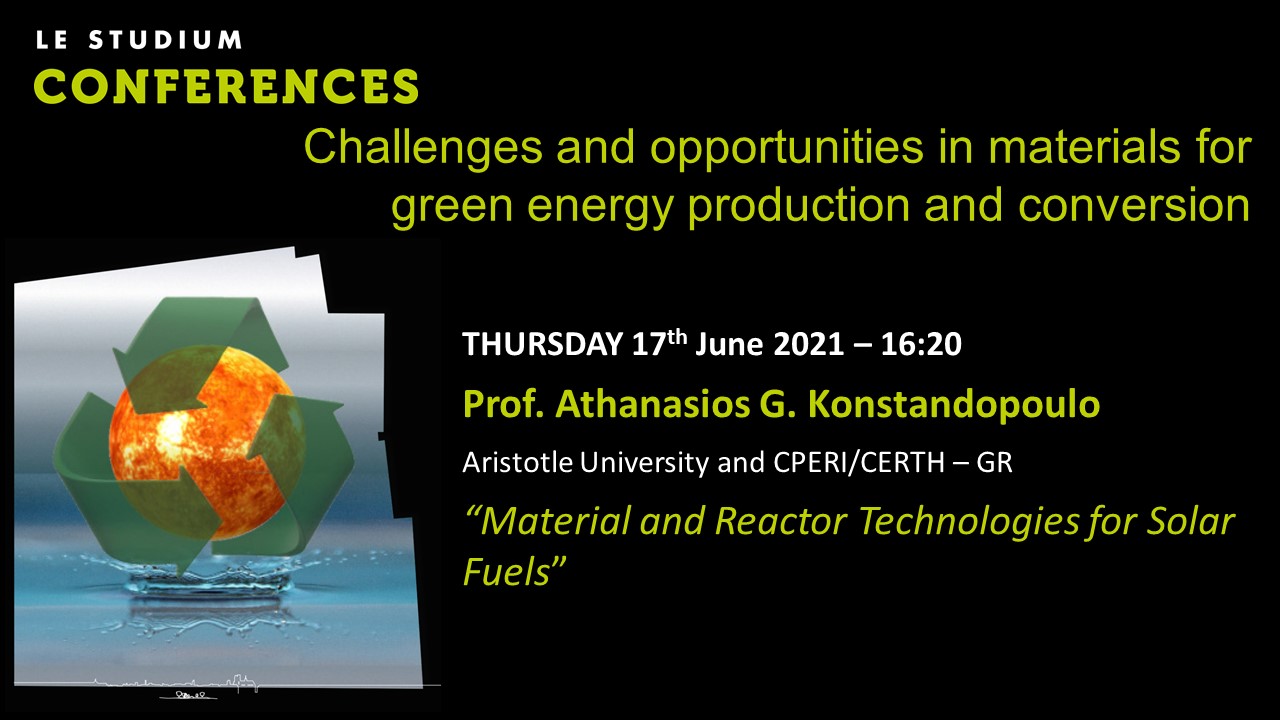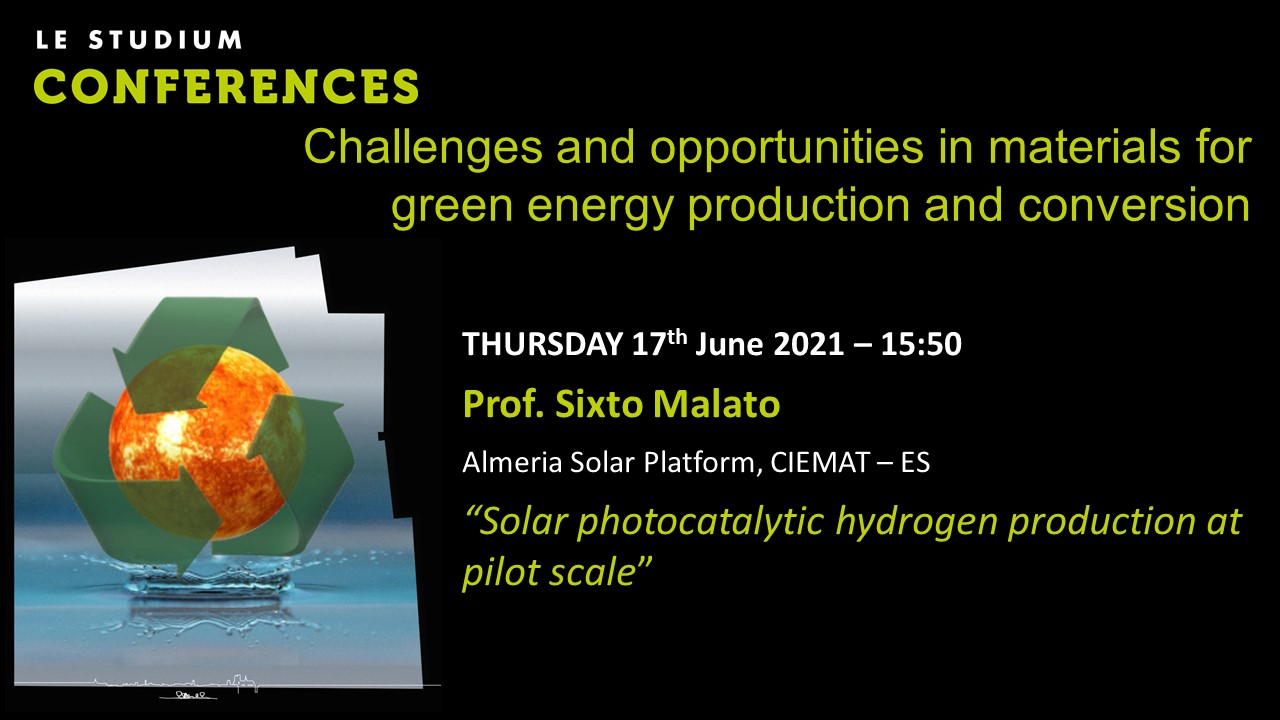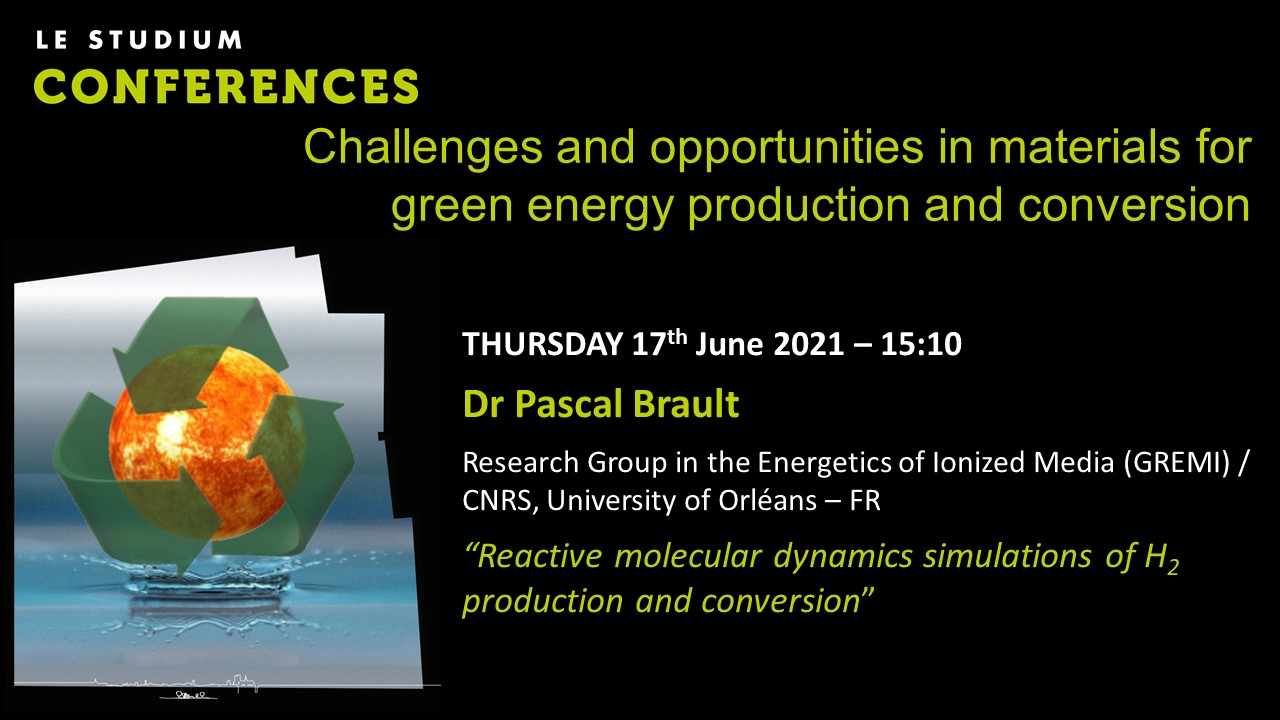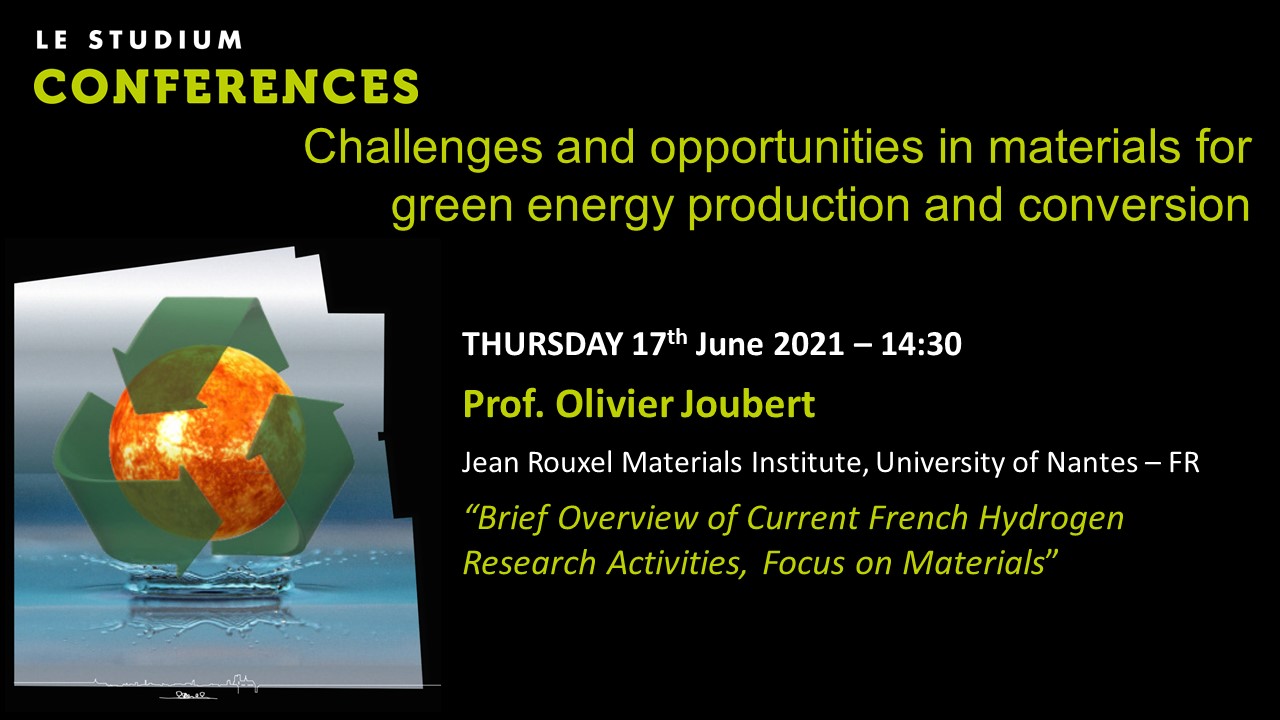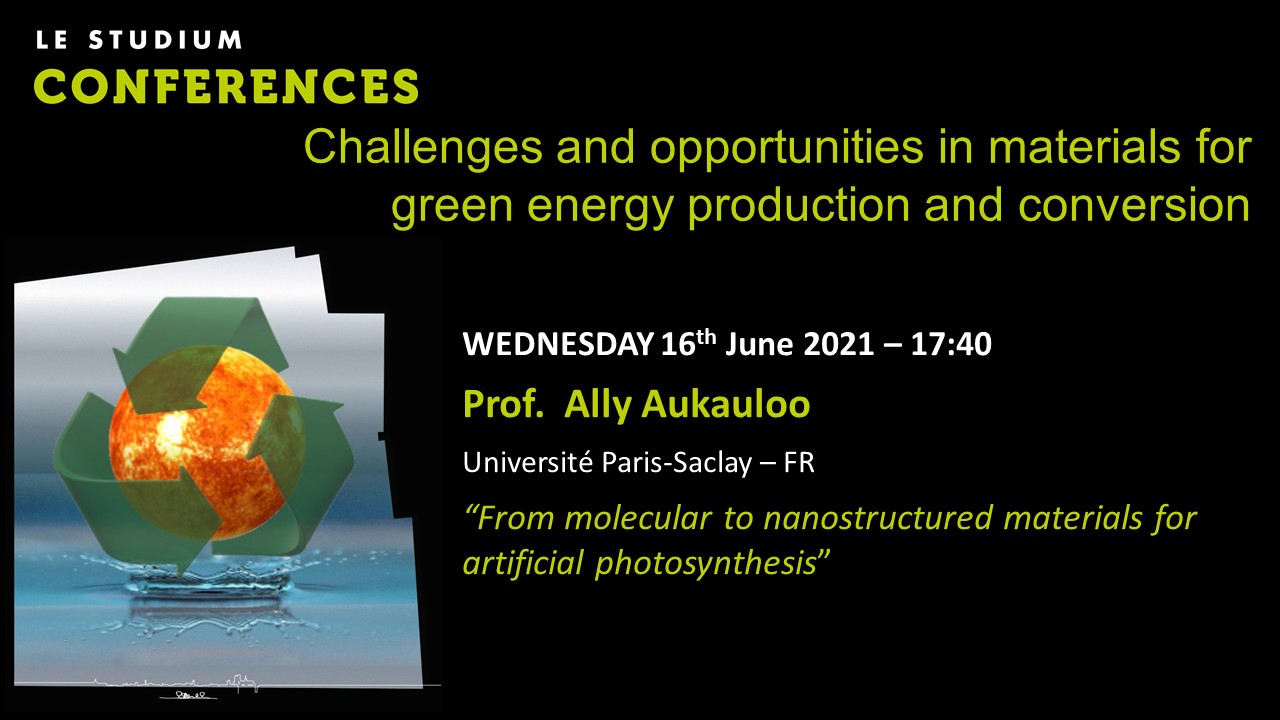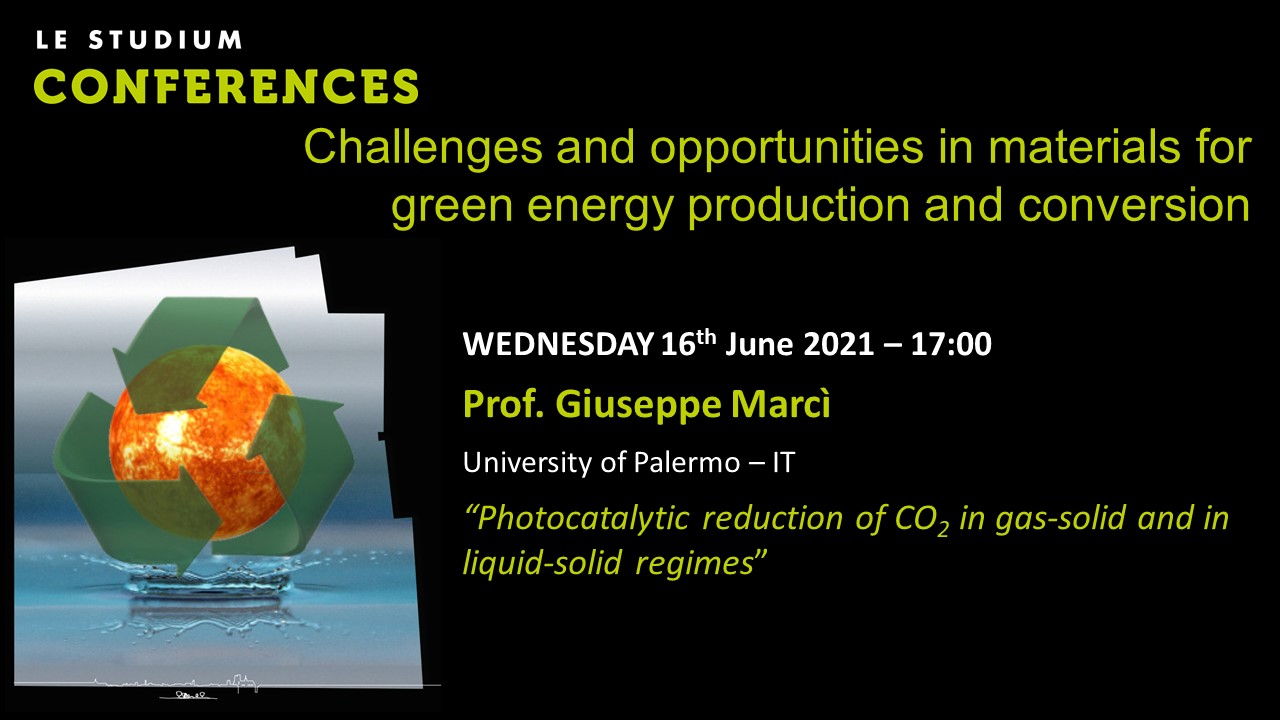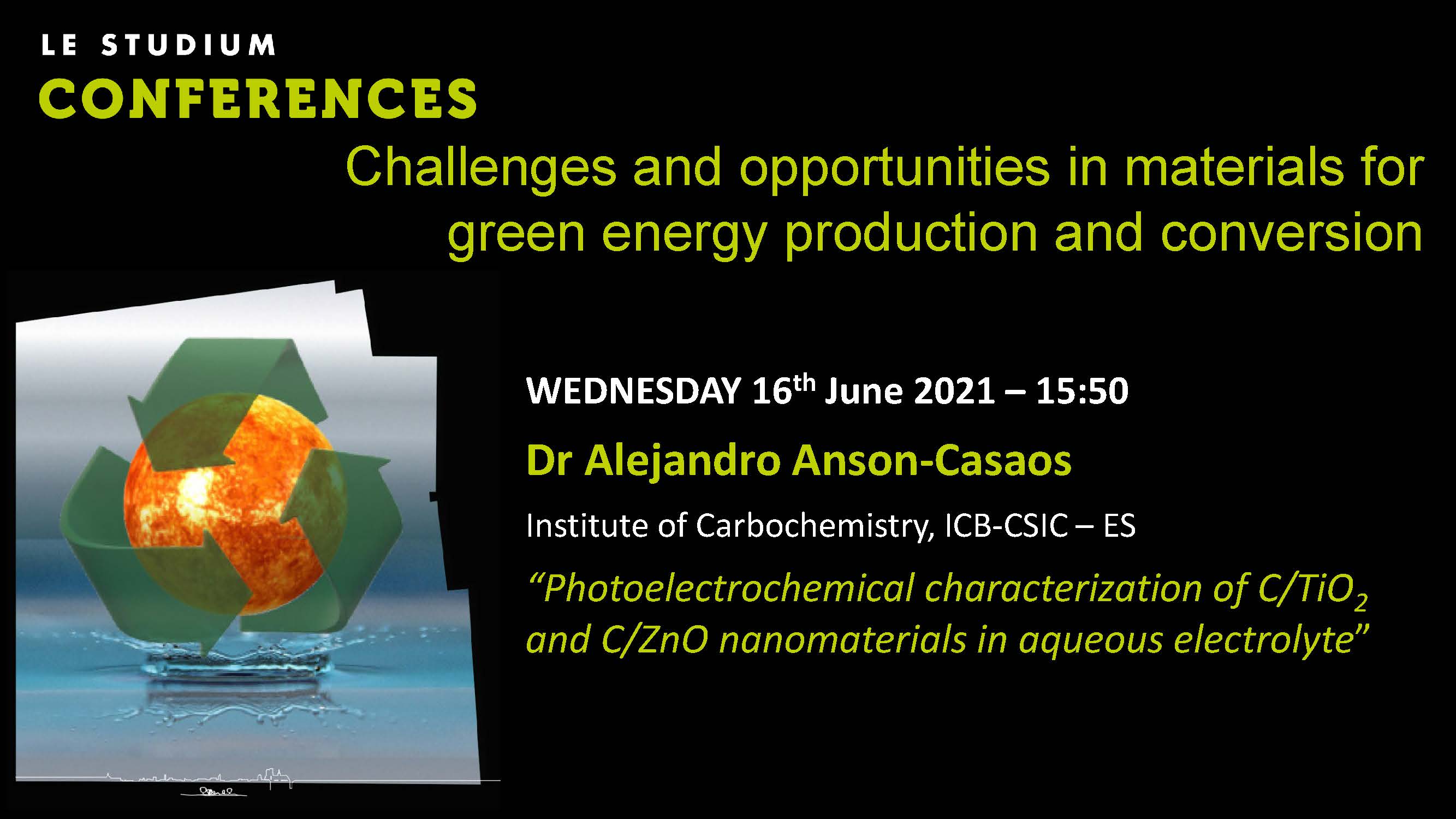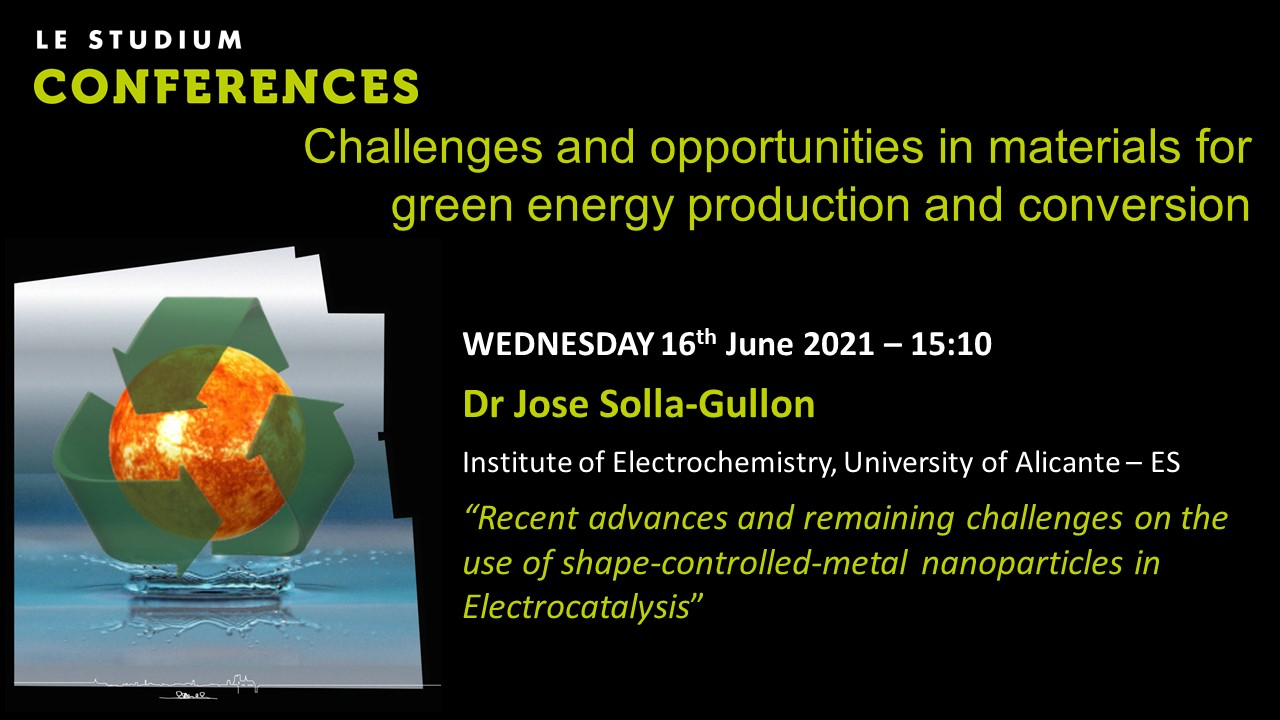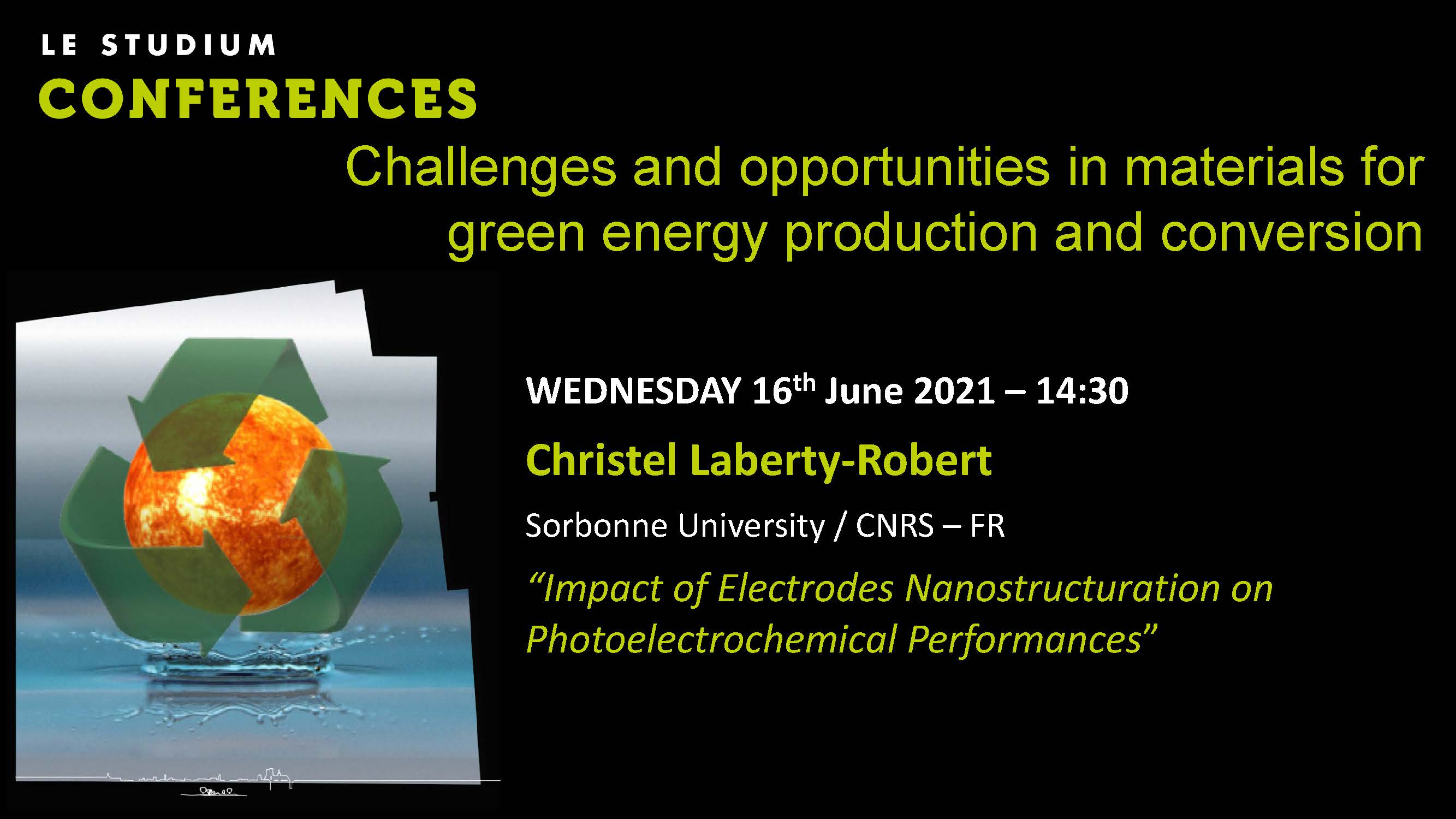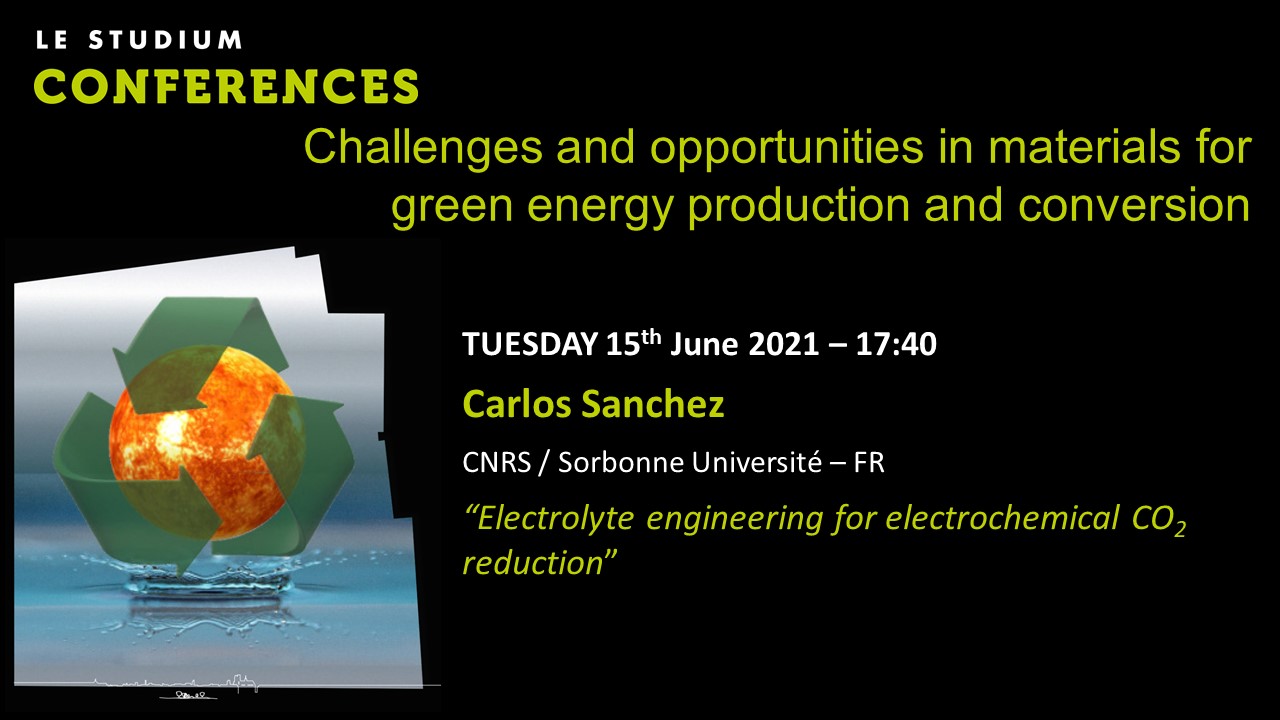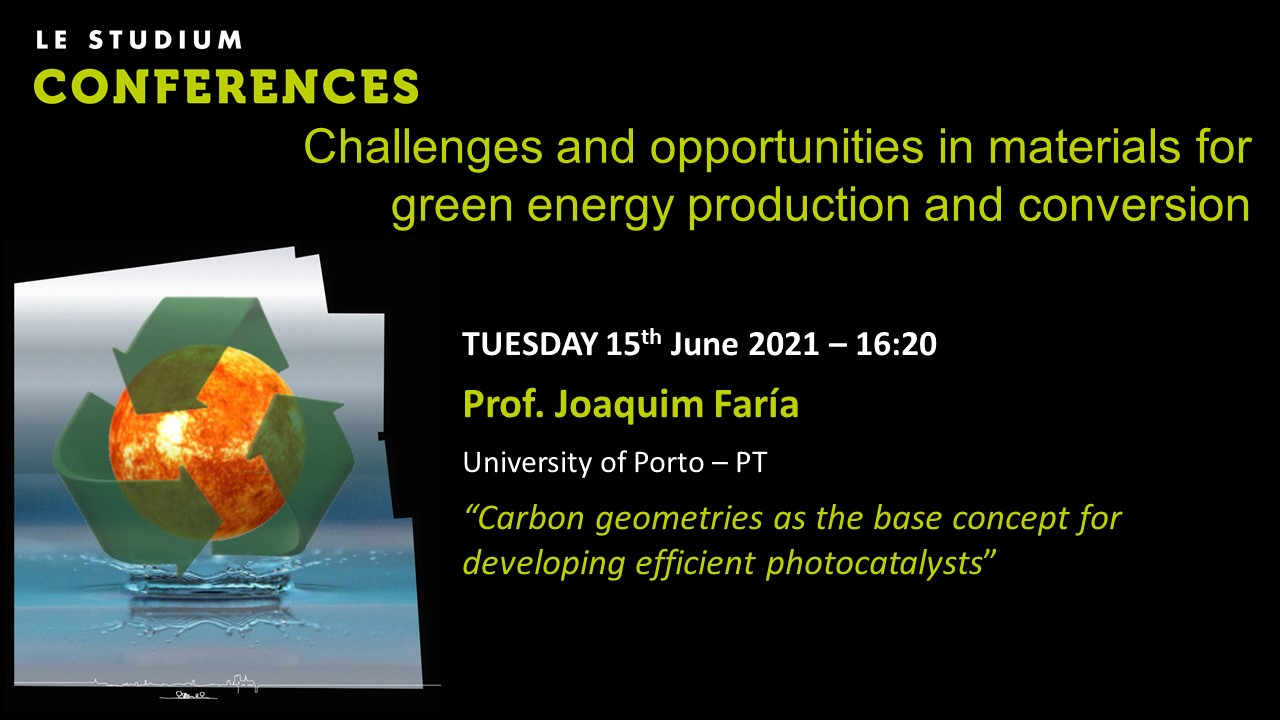Notice
Geyla Dubed Bandomo - CO2 conversion with {Mn(CO)3Br} molecular sites into Covalent-Organic Frameworks
- document 1 document 2 document 3
- niveau 1 niveau 2 niveau 3
Descriptif
Effective large-scale CO2 conversion to fuels or value-added chemicals using renewable energies is critical to reduce our environmental impact [1]. To this end, better understanding of the CO2 mechanism is needed to develop efficient and selective catalysts that operates in water controlling H2 evolution. Covalent Organic Frameworks (COFs) are reticular materials, which can be used to combine the advantages of the well-defined molecular catalysts and the heterogeneous ones [2]. In this work, we present the first COF based on tricarbonyl Mn units, that by π-π stacking is attached to MWCNTs form electrocatalytic electrodes active for CO2 reduction in neutral water. The activity of these catalysts was evaluated by electrochemical techniques with stability in aqueous solution. With these materials we have integrated the classical Mn(bpy)CO3Br catalyst into a heterogeneous material which clearly enhances its catalytic activity (FE~50%) at low overpotentials (~450 mV) in pure water. COF/MWCNTs/Nafion leds higher faradaic efficiency than molecular system. The encapsulation of tricarbonyl Mn active sites with a reticular covalent organic structure plays an important role by favouring the electrocatalytic CO2 reduction over competitive H2 evolution reaction. The spectroelectrochemical studies evidence the formation of five-coordinate species in the catalytic cycle for CO formation.
References
[1]Alessandro Sinopoli, Nathan T. La Porte, Coord. Chem. Rev., 365, 2018 pp 60–74.[2]Lin S, O. M. Yaghi, Science, 349, 2015 pp 1208-1213.[3]B. Reuillard, E. Reisner, J. Am. Chem Soc., 169, 2017 pp 14425-14435.[4]James J. Walsh, Alexander J. Cowan, Phys. Chem., 20, 2018 pp 6811-6816.
Dans la même collection
-
Juan Matos - H2 production on 1D and 2D Carbon-containing Fe-, Co, and Ni-based foamy catalysts.
C-containing Fe-, Co-, and Ni-based catalysts have been synthesized from the controlled pyrolysis of saccharose. The topological properties of the 2D materials were significantly different from
-
Athanasios G. Konstandopoulos - Material and Reactor Technologies for Solar Fuels
The synthesis of carbon-neutral/zero-carbon footprint fuels via solar thermochemical processes (“Solar Fuels”) represents a promising approach for the realization of a sustainable energy future.
-
Sixto Malato - Solar photocatalytic hydrogen production at pilot scale
Solar energy is well-recognized as a sustainable and clean energy source. Among the various approaches to solar energy conversion, solar-driven hydrogen production is one of the most promising ways
-
Pascal Brault - Reactive molecular dynamics simulations of H2 production and conversion
Since H2 production and conversion efficiencies can be improved and monitored at the molecular scale, reactive molecular dynamics simulations (rMDS) are expected to be of great promise for
-
Olivier Joubert - Brief Overview of Current French Hydrogen Research Activities, Focus on Materials
Twenty years ago, the French scientific community working in the field of hydrogen, started to federate under the leadership of the CNRS. It took the form of successive Research Grouping (GdR)
-
Ally Aukaloo - From molecular to nanostructured materials for artificial photosynthesis
Inspired by chemical subtleties at the active sites of enzymes dealing with the CO2 management in our biosphere, we will discuss on how hydrogen bonding and electrostatic effects may thrive the
-
Giuseppe Marci - Photocatalytic reduction of CO2 in gas-solid and in liquid-solid regimes
The increasing CO2 level in the atmosphere is a global environmental problem; therefore, the development of efficient catalytic processes for CO2 reduction is a challenge. Heterogeneous photo
-
Alejandro Anson-Casaos - Photoelectrochemical characterization of C/TiO2 and C/ZnO nanomaterials in…
Carbon nanostructures, including single-walled carbon nanotubes, reduced graphene oxide, and carbon dots, are inserted in TiO2 and ZnO photoanodes with the aim of improving their activity. For the
-
José Solla-Gullon - Recent advances and remaining challenges on the use of shape-controlled-metal n…
The incorporation of shape-controlled metal nanoparticles in Electrocatalysis is contributing significantly to a better understanding of the correlations between surface structure and
-
Christel Laberty-Robert - Impact of Electrodes Nanostructuration on Photoelectrochemical Performanc…
Hydrogen is presented by some industrialists and managers as a potential pillar of the ecological transition, particularly in the context of transport (hydrogen-powered cars, hydrogen-powered
-
Carlos Sanchez - Electrolyte engineering for electrochemical CO2 reduction
Ionic liquids (ILs) in electrocatalysis have attracted a lot of attention from the seminal work of Rosen et al. [1] where they achieved a relevant overpotential decrease for CO2 reduction reaction
-
Joaquim Faria - Carbon geometries as the base concept for developing efficient photocatalysts
During the past several decades' new carbon allotropes have been accounted for and synthesised. Many notable breakthroughs include exciting works on synthesis, functionalisation, characterisation

